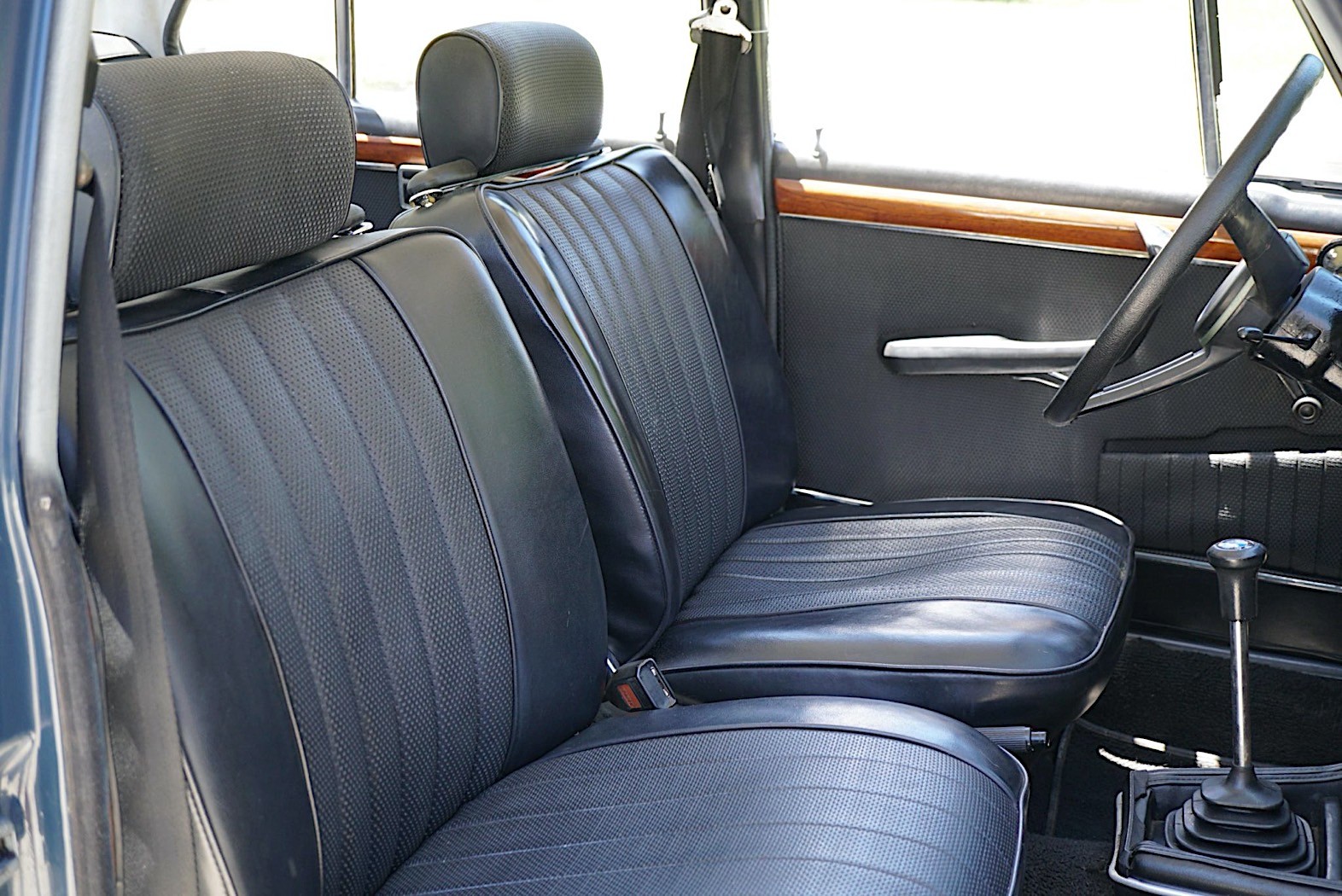The New Class from the gallery over is a 1970 version. Powered with a 2.0-liter engine fitted along the way using a Weber carburetor along with a brand new five-speed manual, it’s a slice of European automotive background promoting to the American continent.
Like many other German firms in the years after the second world war, BMW also was unable to make ends meet. With its factories decreased to shred by bombs, the carmaker crawled back together with the restart of vehicle manufacturing in 1952, and bicycle manufacturing in 1948.
 Having the last push of both financing and creativity, BMW launched a set of new versions beginning the 1960s, such as the New Class. Also, although this range wouldn’t just save BMW place the basis for the transformation of the brand it is today.
Having the last push of both financing and creativity, BMW launched a set of new versions beginning the 1960s, such as the New Class. Also, although this range wouldn’t just save BMW place the basis for the transformation of the brand it is today.

The scope, which grew to incorporate 2000, 1800, and 1600, was an immediate hit, turning around the business and enabling a return.
 For the forthcoming decade or so, BMW automobiles such as the 501, or even the Isetta, gradually pushed the carmaker into the edge of a financial abyss, near the point at which it had been almost taken over by rival Daimler-Benz.
For the forthcoming decade or so, BMW automobiles such as the 501, or even the Isetta, gradually pushed the carmaker into the edge of a financial abyss, near the point at which it had been almost taken over by rival Daimler-Benz.
 This 2000 New Class comes from the mill Atlantik blue exterior (repainted at one stage from the automobile’s life) above a black inside, where a brand new instrument cluster may also be located.
This 2000 New Class comes from the mill Atlantik blue exterior (repainted at one stage from the automobile’s life) above a black inside, where a brand new instrument cluster may also be located.

Affected by the passing of time — that the vehicle is riddled with cracks, cracks, and rust — it failed to draw a bid greater than $6,200 on an auction site weekly, but it could surely deserve more, possibly because of this summer’s recovery project.



